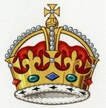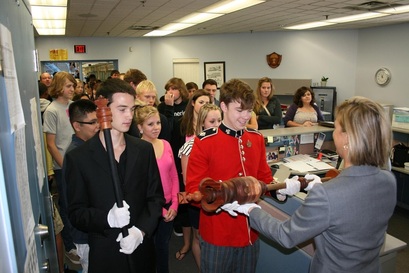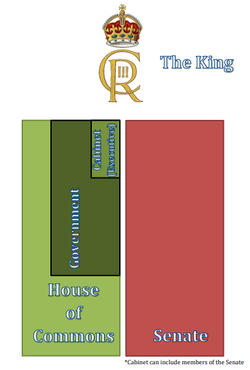Activity: Who's Who in our government
| Who's Who in Government | |
| File Size: | 75 kb |
| File Type: | |
Whether it is The King, prime minister, or the sergeant-at-arms, every position in our Parliament (at Waterdown, or Ontario or Canada) has an important role to play.
| Waterdown District High School's Student Parliament Constitution | |
| File Size: | 1948 kb |
| File Type: | |
The Written and unwritten Constitution, including Responsible Government
Most Canadians of all ages have little to no understanding of the Canadian Constitution. Perhaps because the country is inundated by American media and entertainment, Canadians think that their constitution closely resembles that of the United States, but this is simply not so. While the American Constitution is a written document, the Canadian version is a complex series of written and unwritten traditions, conventions and practices.
|
Canada's Written and Unwritten Constitution
|
What does Responsible Government mean?
|
Reviewing Responsible Government
| ||||||||||||||||||
Canada's form of government is a Constitutional Monarchy

Thanks to Canada's ideologies we govern ourselves using a system of government called a Constitutional Monarchy. This means that the state is built around the Canadian Crown, which is personified (represented in a human way) by King Charles III, the King of Canada. Our government is seen as separate from the State (or Crown), and is run by a Prime Minister.
Canada's Federal Parliament is made up of three parts:
|
| ||||||||||||
Evaluation #2: Imagining Canada’s Government as a Machine, Organism or System
Canada’s government is a complex system with various different offices and “parts” working together to ensure that power is exercised democratically. Over the past few weeks we have been exploring different aspects (constitution, ideas, offices) of Canada’s government and this assignment asks you to demonstrate your understanding of how everything works together.
| Imagining Canada’s Government as a Machine, Organism or System (2022) | |
| File Size: | 409 kb |
| File Type: | |
Overall Expectations addressed and/or evaluated (2022):
A1. Political Inquiry: use the political inquiry process and the concepts of political thinking when investigating issues, events, and developments of civic importance.
A2. Developing Transferable Skills : apply in everyday contexts skills developed through investigations related to civics and citizenship education, and identify some careers in which civics and citizenship education might be an asset
B1. Civic Issues, Democratic Values: describe beliefs and values associated with democratic citizenship in Canada, and explain how they are related to civic action and to one’s position on civic issues.
B2. Canadian and Indigenous Governance Systems: explain, with reference to a range of issues of civic importance, the roles and responsibilities of various institutions, structures, and positions in Canadian and Indigenous governance systems, treaty relationships, and other Crown-Indigenous relations.

